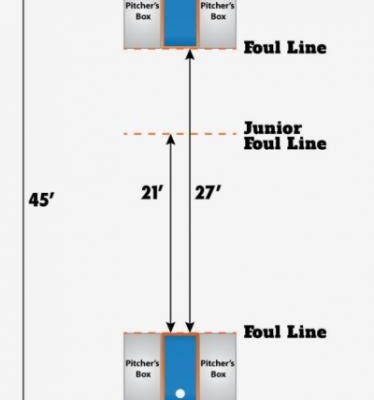Stop signs are a crucial part of road safety, but how long are you supposed to stop at a stop sign? The answer is simple: you must come to a complete stop, look both ways, and proceed only when the intersection is clear. Understanding the importance of this rule can prevent accidents and ensure a smoother flow of traffic. Let’s delve into the specifics of stop sign etiquette to stay safe on the road.
How Long Are You Supposed to Stop at a Stop Sign
Understanding the Importance of Stop Signs
Stop signs are essential traffic control devices designed to ensure safety on the roads. They help in managing traffic flow and preventing accidents. When you approach a stop sign, it’s crucial to understand the significance of coming to a complete stop.
What Does a Stop Sign Mean?
A stop sign is a red, octagonal sign with white letters that instruct drivers to come to a complete stop. It indicates that you must yield the right-of-way to other vehicles and pedestrians before proceeding. Stop signs are typically placed at intersections to regulate traffic and prevent collisions.
How Long Should You Stop?
When you approach a stop sign, you should come to a full stop, which means your vehicle should not be in motion at all. You are required to stop for at least three seconds before proceeding, ensuring that the intersection is clear of any oncoming vehicles or pedestrians.
Why the Three-Second Rule is Important
The three-second rule serves as a safety measure to give you enough time to assess the intersection properly. It allows you to check for any vehicles, cyclists, or pedestrians approaching from different directions. Taking the time to pause and look around can prevent accidents and ensure smoother traffic flow.
Common Mistakes When Approaching a Stop Sign
Rolling Stops
One common mistake that drivers make at stop signs is performing a rolling stop, also known as a “California stop.” This occurs when a driver slows down but does not come to a complete stop at the sign. Rolling stops are illegal and can lead to accidents, as they do not give drivers enough time to assess the intersection.
Distracted Driving
Another mistake to avoid is distracted driving at stop signs. It’s essential to stay focused on the road and your surroundings when approaching a stop sign. Using mobile phones, adjusting the radio, or engaging in other distractions can cause you to miss important visual cues and endanger yourself and others on the road.
Proper Stop Sign Etiquette
Complete Stop
Always remember to make a full stop at a stop sign, pausing for at least three seconds. This small action can make a significant difference in preventing accidents and ensuring safe road behavior.
Check All Directions
Before proceeding through the intersection, make sure to check all directions for any oncoming traffic. Look left, right, and left again to ensure that the path is clear and safe to proceed.
Yield to Pedestrians
As a driver, it’s your responsibility to yield the right-of-way to pedestrians at a stop sign. Allow them to cross the street safely before proceeding through the intersection.
In conclusion, stop signs play a crucial role in promoting road safety and preventing accidents. Remember always to come to a complete stop for at least three seconds when you encounter a stop sign. By following proper stop sign etiquette and avoiding common mistakes like rolling stops and distracted driving, you can contribute to a safer driving environment for everyone on the road.
WHERE TO STOP at a stop sign? || Know the Stop positions at a stop sign || Tips for New Drivers
Frequently Asked Questions
How long should you typically stop at a stop sign?
Drivers are required to come to a complete stop at a stop sign, which means bringing the vehicle to a complete halt. The duration of the stop is generally brief, usually just enough time to check for oncoming traffic, pedestrians, and any other potential hazards at the intersection. Once it is safe to proceed, the driver can continue driving.
Why is it important to stop at a stop sign for a specific duration?
Stopping at a stop sign for a specific duration is crucial as it allows drivers to assess the intersection’s conditions fully. This pause ensures that the driver has enough time to observe, yield the right of way as needed, and make a safe decision to proceed. Adhering to the stop sign’s requirements helps prevent accidents and promotes overall road safety.
What factors can influence the duration of stopping at a stop sign?
The factors that can influence how long a driver stops at a stop sign include the visibility of the intersection, the presence of other vehicles or pedestrians, weather conditions, and any signs of potential hazards. It is important for drivers to adjust the duration of their stop based on these factors to ensure safe and efficient navigation through the intersection.
Final Thoughts
Remember, when approaching a stop sign, the law requires you to come to a complete stop. You should remain stopped until it is safe to proceed. The duration of the stop may vary based on traffic conditions. Always prioritize safety and obey traffic regulations by understanding how long you are supposed to stop at a stop sign.





